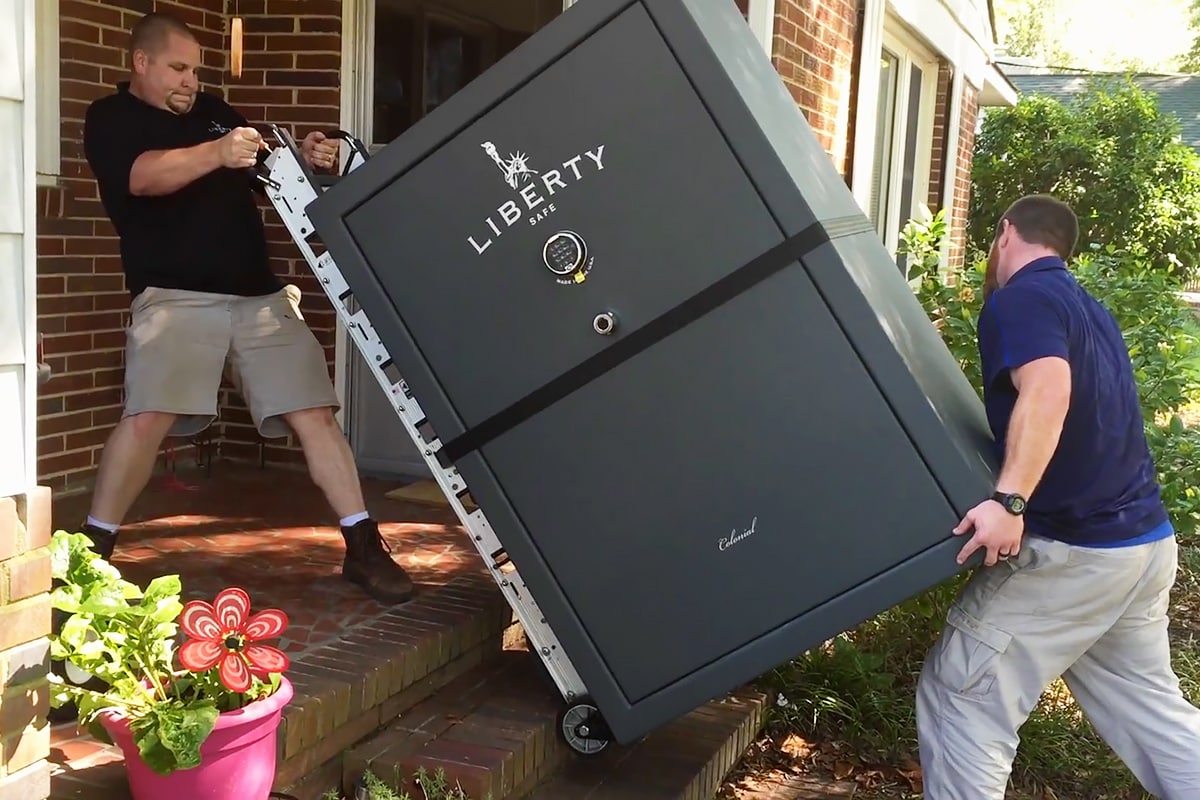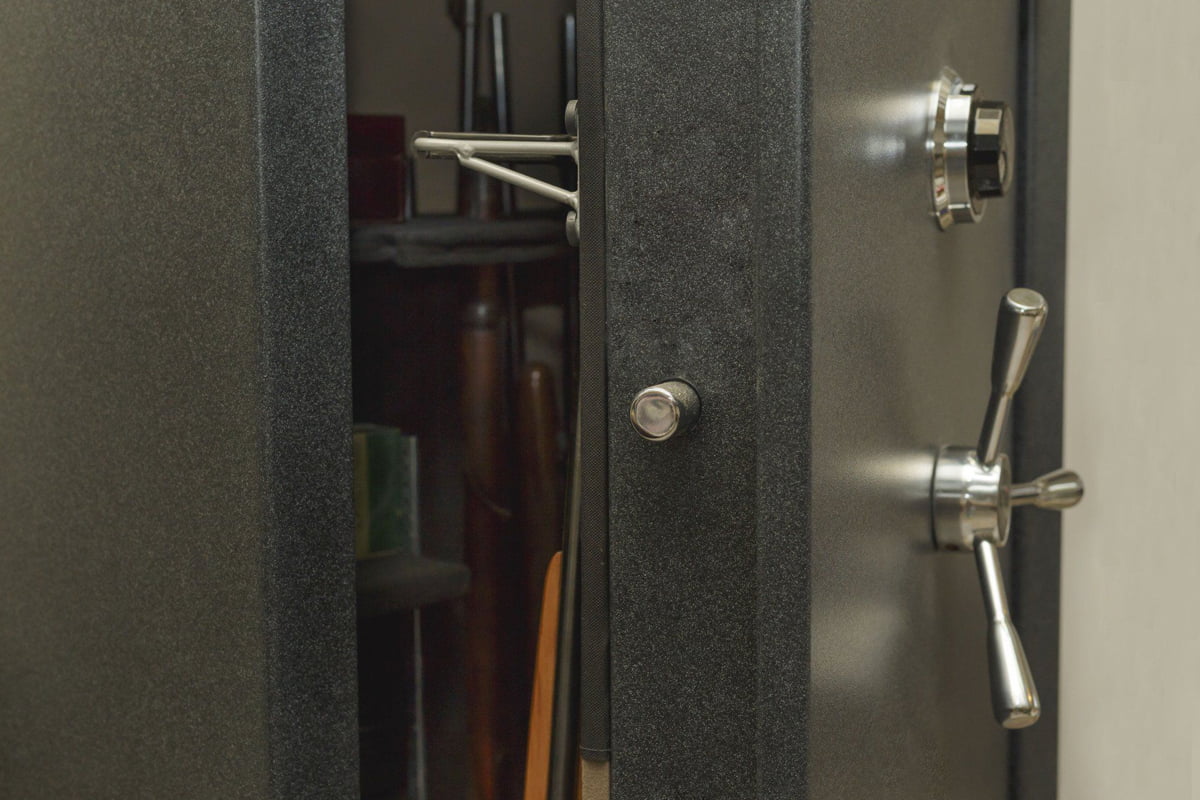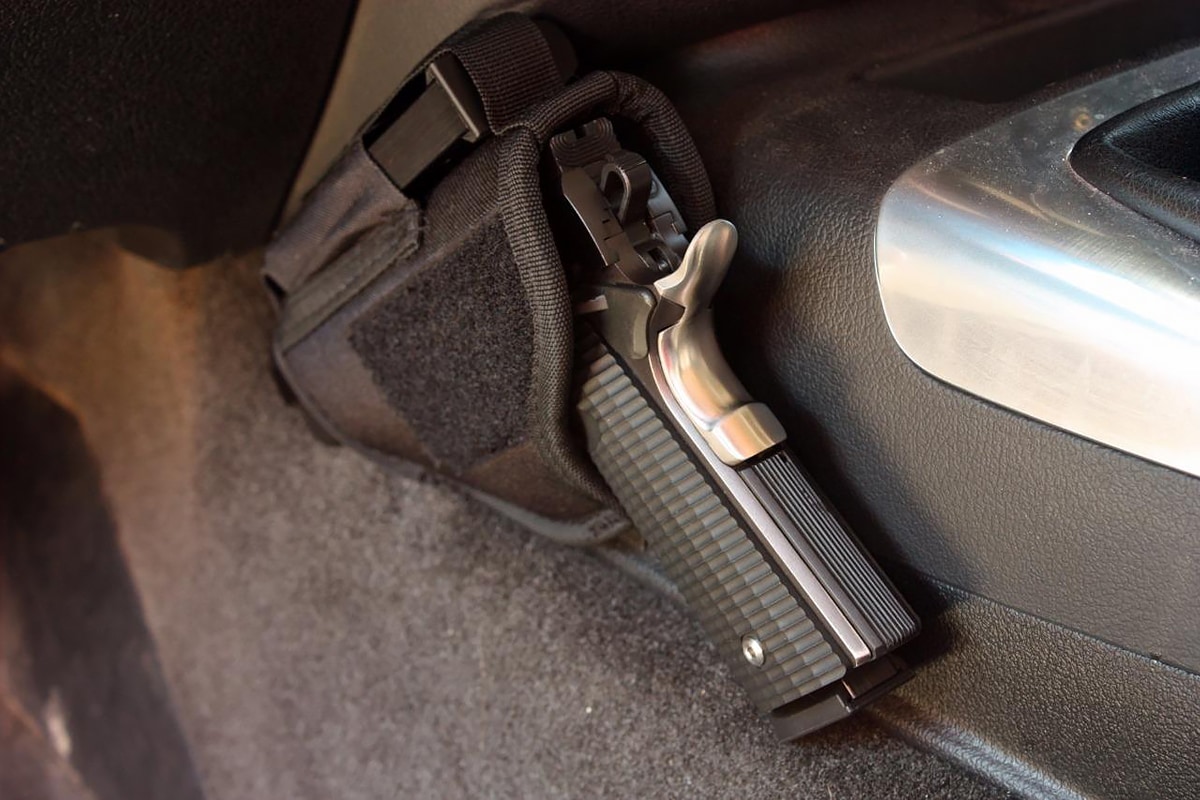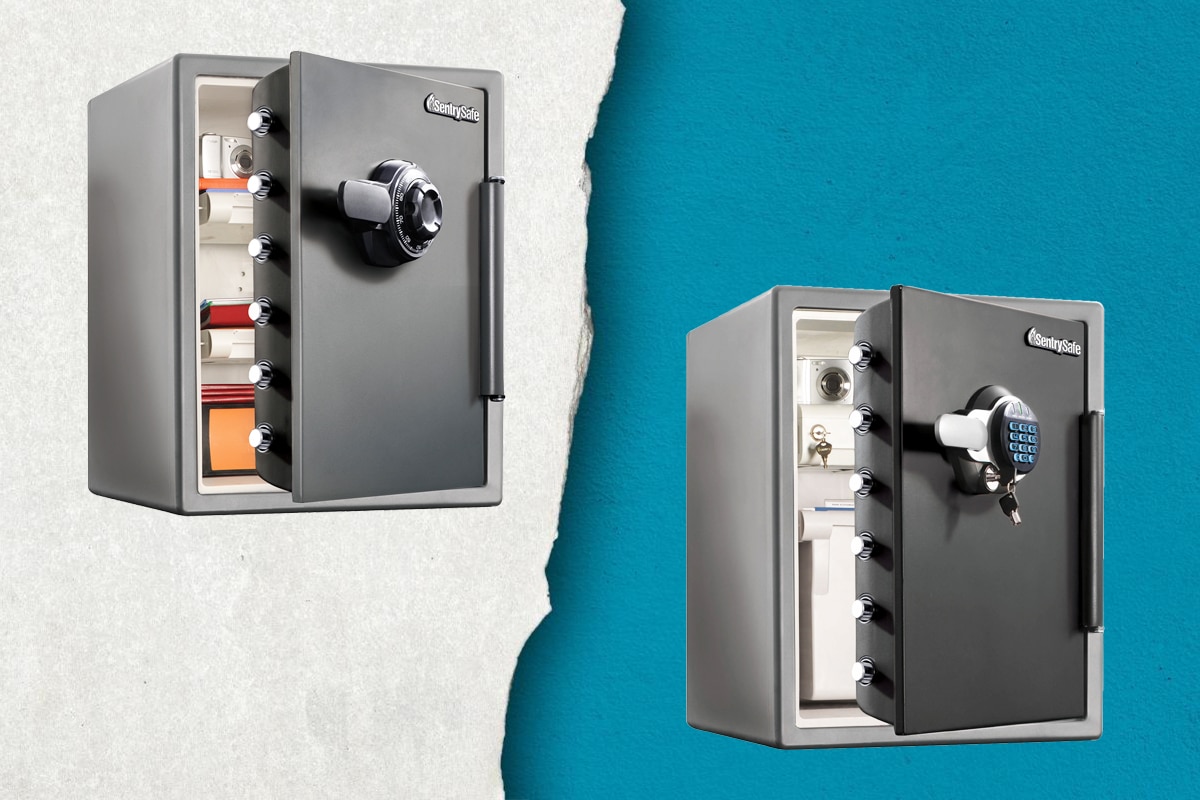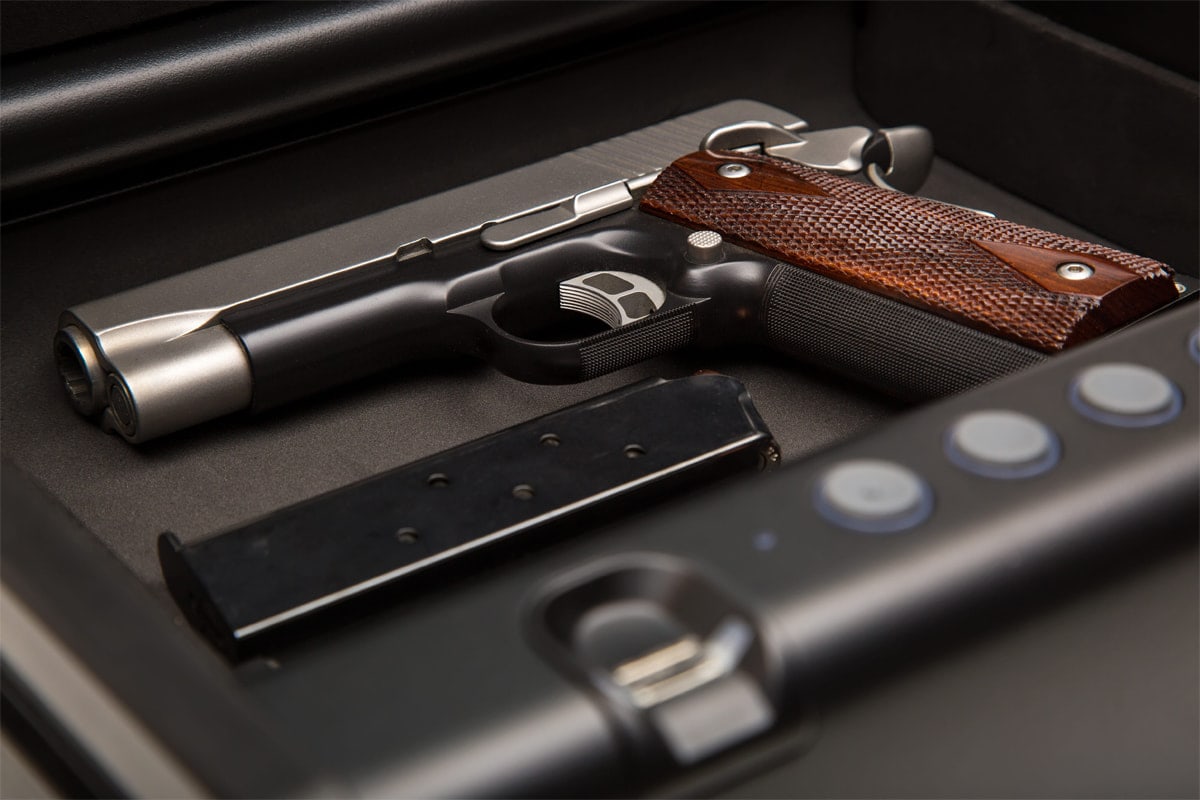A gun safe can be, both physically and financially, a heavy investment. Gun safes are absolutely the best way to protect your firearms, but they can be downright dangerous without proper installation.
Where are you going to put your safe? Before purchasing your ideal safe, make sure that the structure of your home can handle the weight. Also consider the areas that you’ll move through when bringing your safe in. Many gun safes weigh upwards of 1,000 pounds and can cause a lot of damage.
The first thing to decide when installing a gun safe is not where it should go, but whether you should do the installation job yourself. Depending on your budget and DIY skills and the size and type of home safe being installed, it may be preferable to hire a professional.
Always read the manual instruction of your safe before doing anything, and it’s a good idea to check out these gun safe installation tips even as you browse the manual from the manufacturer.
Moving
If you’ve purchased a heavy safe, you’ll likely want to have a moving dolly or appliance dolly available. Check if your local hardware store offers dolly rentals or you could consider buying one online. Pay attention to weight capacity and wheel size. A typical moving dolly has a 500 or 600-pound capacity.
At worst, you should be able to purchase a four-wheeled moving dolly with a 1000-pound capacity. If you’re concerned about the potential for floor damage, we recommend laying plywood sheets down before moving the dolly.
Don’t try to use a normal dolly to move your gun safe, they can’t handle it. Get the weight and measurements of your safe beforehand, and rent an appliance dolly that can do the job. Again, if your equipment fails and you drop your safe, major damage can be done to your equipment and home.
Make sure you’re familiar with what you’re going to do before you’re burdened with a thousand-pound load. Practice with the dolly, map your route, and, if possible, make a dry run with the empty box. Decisions can be hard to change while moving a heavy load, so clear all your gun safe installation questions beforehand.
Always move your gun safe in an upright position, with the door securely locked, or you can have your door removed if your safe is too big and heavy. The door alone can weigh hundreds of pounds, leave it unsecured and it can become a wrecking ball in your stairwell. Make sure the safe is level with the floor before unlocking the door. Remember the wrecking-ball problem? It’s still there and can knock you flat on your back.
Location
Gun safes are often located in a closet, garage, den, trophy room, bedroom, or safe room. Determine whether access or concealment is more important and choose a spot accordingly. With wall gun safes, in-floor safes, and free standing safes that will be bolted into the floor, you’ll also need to consider that any work you do will likely be permanent.
Installation
Installing home safes can be relatively easy if you have the right tools and a little handyman know-how.
If you need to bolt down your safe, follow the instructions on your safe and properly anchor it to the floor. This adds both another layer of security for your safe and another safety precaution, preventing tipping or sliding. Thieves, natural disasters, and accidents all pose a threat to your gun safe and home, so be sure to properly protect them with anchoring.
Wall
Locate the wall studs. Pick the height you want for your wall safe and draw a top line between the studs using a pencil and level. Measure the back of your safe and use those measurements to finish a penciled square.
Using a small saw, carefully cut a hole within the penciled square large enough to check for electrical wiring or obstructions, then finish cutting out the square.
Next, use cut pieces of a 2 by 4 to create top and bottom braces for the wall safe, and screw these braces into the studs (drill a screw “handle” into the board so you can hold it flush with the wall opening while securing it). Place the safe into the opening and fasten it by drilling screws through the pre-drilled holes in the safe housing.
Free Standing
Most free-standing gun safes come with pre-set drill holes for bolting the safe to the floor using the anchors and bolts that come with the safe. You may also wish to place a vapor barrier such as plastic sheeting between the safe and the floor. Bolting the safe to concrete or cement would provide the most security.
In-floor
Installing in-floor safes is more complicated and typically requires a professional. With a concrete floor, use a sledgehammer or drill to create a hole that’s a few inches larger than the safe. Pour some concrete mixture into the hole, insert the safe, and finish pouring the mixture. The top of the safe should be level with the floor.
In Conclusion
The number one thing to understand about gun safe installation is that it isn’t easy, and it must be done right. If you’re unsure about any of this, hire professionals to do the heavy lifting for you.
If you want to install your gun safe by yourself, remember to know your home and its limits, plan ahead for the move and carefully follow any and all instructions from the gun safe manufacturer.
Good luck, and enjoy your new safe!

